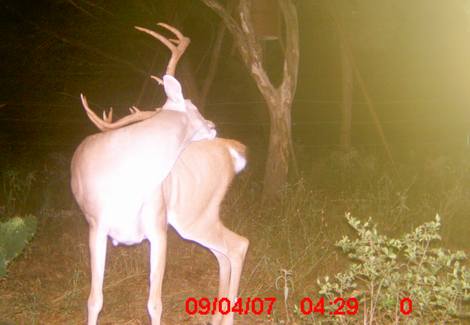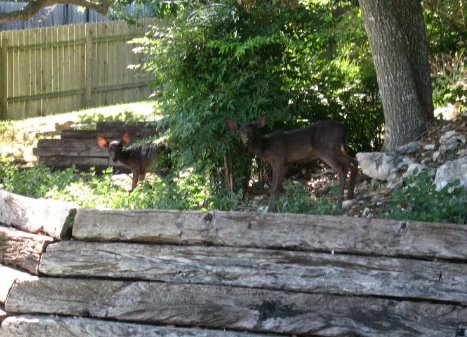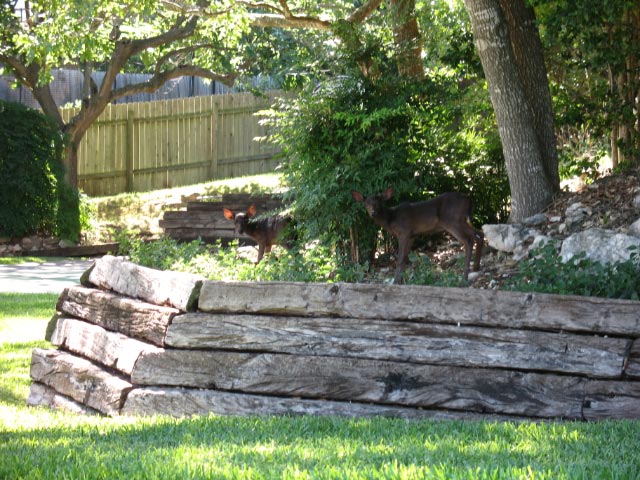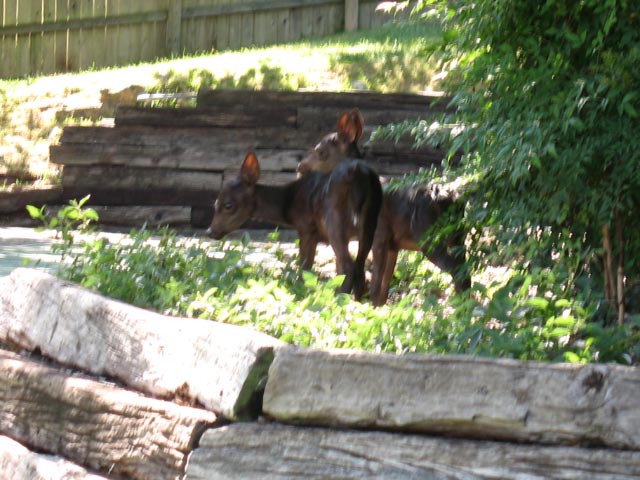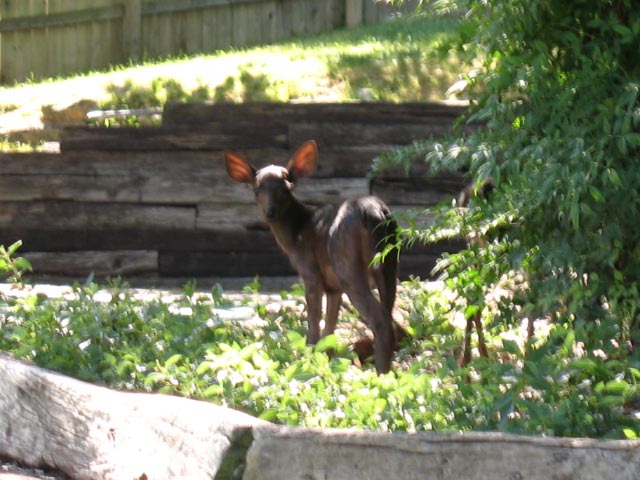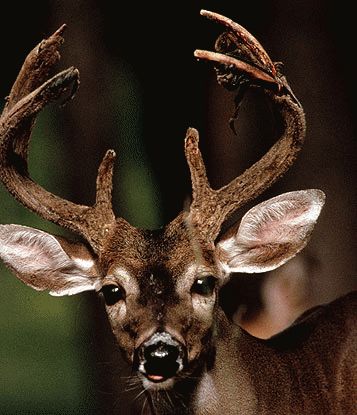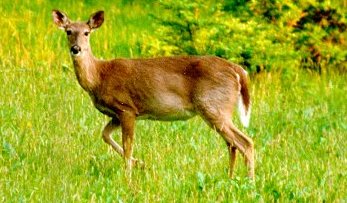The digital game camera really has given hunters one of the best scouting tools available for white-tailed deer and other game, but most users fall short of using their camera to its potential. The game camera can be a great tool for seeing what’s out there, but like any tool, it must be used properly for the user to get the full benefit of using the “hunter that never sleeps.”
First and foremost, a digital game camera will let you see many of the bucks you have available for harvest in the area where you hunt. Most of the bucks you probably would have never seen otherwise. The most common practice employed by game camera users is to set a camera adjacent to their feeder or food plot. Although this usually gets hunters lots of pictures, all it really tells you what deer are present.
You’re probably thinking, “Well, if I know a certain buck is coming to my feeder, then I will just sit there and wait for him.” But, if you really intend for the camera to help you not only get a look at your deer, but also want it to help you bag “your” buck, then you will have to get a bit more creative, so pay attention. Continue reading “Trail Camera Tips for Deer Hunting”
